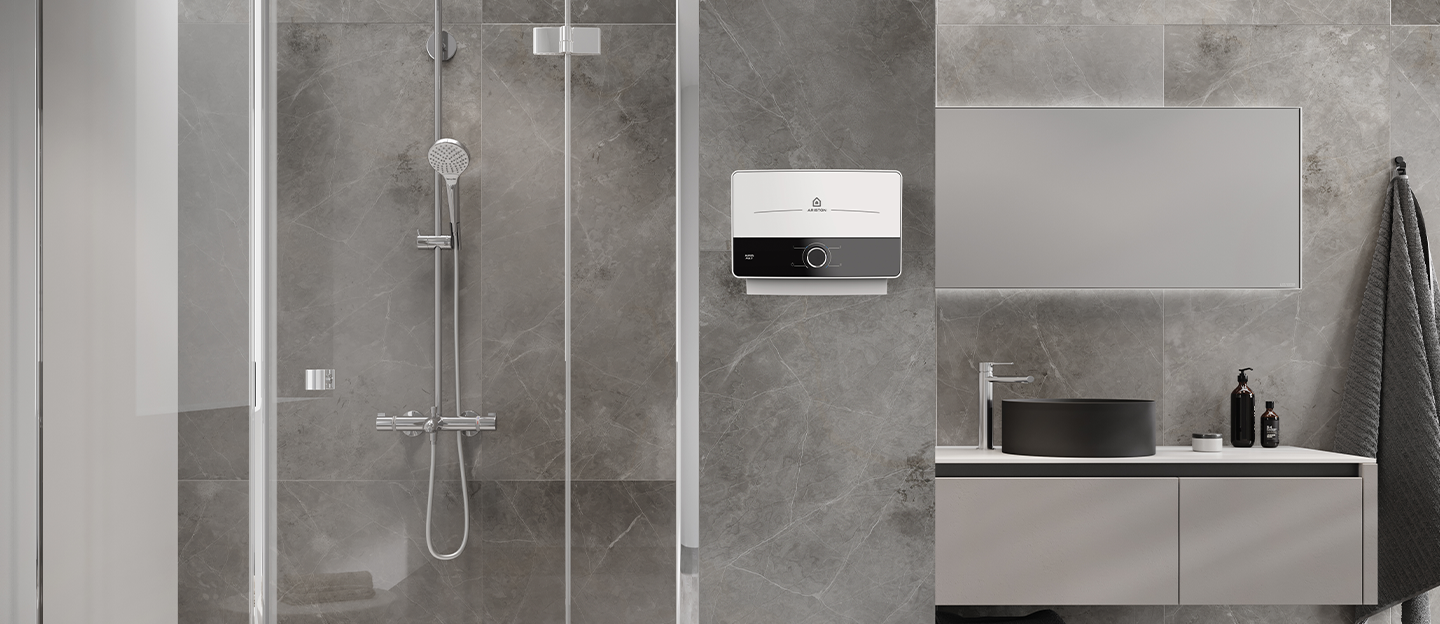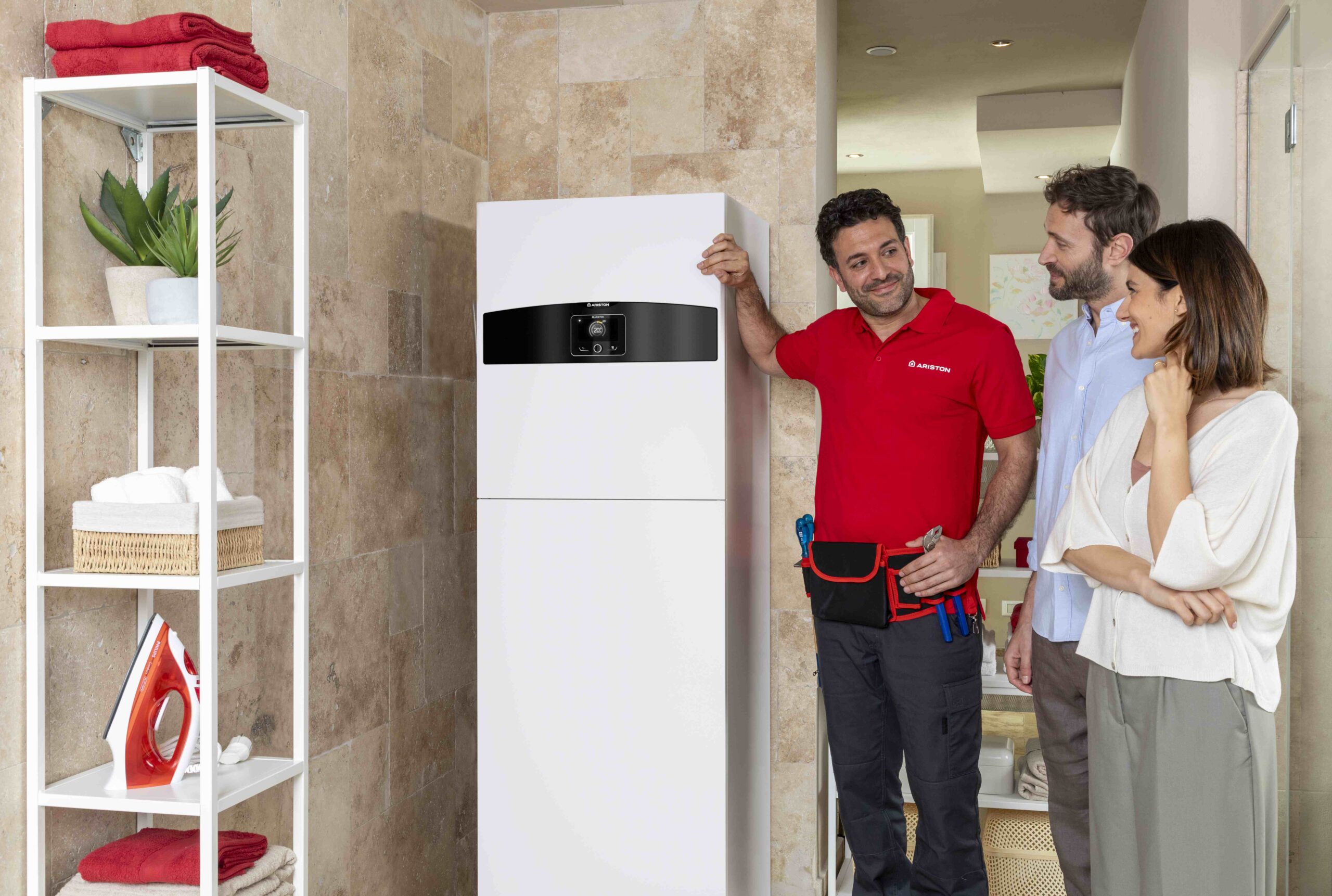How the condensing boiler works
New technologies allow you to heat rooms with greater efficiency at a lower cost. Find out how the condensing boiler works.
How a condensing boiler works
In Italy, the majority of domestic heating systems are gas-fired, offering a reliable solution to keep you warm in winter. However, as well as traditional devices, condensing technology is also available, which is a more efficient alternative to save energy consumption and reduce toxic emissions. These systems offer many important advantages, as we will see later, and they are also versatile and can be installed in any domestic context. Another bonus is that you can take advantage of tax benefits, which is why condensing boilers are often popular when people need to replace their old gas boiler with a new model. In any case, it is important to consult a qualified professional to identify the most suitable option for your needs and correctly size up your heating system. We’ll look at how a condensing boiler works and take an in-depth look at this highly efficient technology.
What is a condensing boiler?
Condensing boilers work in a similar way to traditional systems in that the aim is still to heat water for the domestic heating circuit. However, unlike classic models, these devices recover part of the heat that otherwise would be dispersed, as it would be expelled with the exhaust fumes through the flue pipe, causing a considerable loss of thermal energy that could have been reused. This process increases the efficiency of the system and reduces energy consumption, which brings considerable savings on utility bills and a lower environmental impact. At the same time, you can optimise the performance of a gas boiler, consuming less fuel without compromising on living comfort. The numerous advantages of condensing boilers have made this technology the best option available for gas heating, not to mention the fact that they can be used in conjunction with other environmentally friendly devices.
How a condensing boiler works
A condensing boiler uses a mixture of air and gas to produce combustion, generating a flame that heats the water, which is then pumped into the heating system and sent to the radiators to heat the house. The exhaust fumes produced by combustion are not expelled, they are recovered and channelled into the primary heat exchanger, the component in which the water is first heated. At this point, the combustion gases are cooled by the heat difference between the fumes and the primary exchanger, in a process that transforms the condensed gases and recovers part of the heat from the exhaust fumes. This extra heat helps to reduce energy waste from the boiler, to consume less gas when heating water as it also uses part of the heat from the combustion gases. It is a virtuous circle that makes condensing technology much more efficient than traditional systems. This system is possible thanks to the use of specific components, the most important of which is the heat exchanger, which is usually made from high-resistance materials such as stainless steel. These days, the most advanced models also have innovative smart features like Wi-Fi modules to control the system remotely through apps and voice commands. Also, these boilers are often integrated with temperature control devices, including chronothermostats and room modulating thermostats to ensure maximum energy efficiency.
Possible integrations with condensing boilers
Modern condensing boilers are designed to work on their own or with other types of systems to reduce energy costs and environmental impact. For example, for the dual function of heating and producing hot water, there are hybrid systems, bivalent systems consisting of a condensing boiler and a heat pump, one of the most innovative, environmentally friendly solutions in the heating and sanitation sector. Alternatively, it is possible to combine condensing technology with solar thermal systems, using solar panels to heat water for domestic use and using the gas boiler for domestic heating. In the same way, you can use condensing systems with a state-of-the-art air conditioning unit with an inverter to cool the house and heat it in winter, which supports the boiler to optimise energy consumption and achieve high levels of efficiency and comfort.






